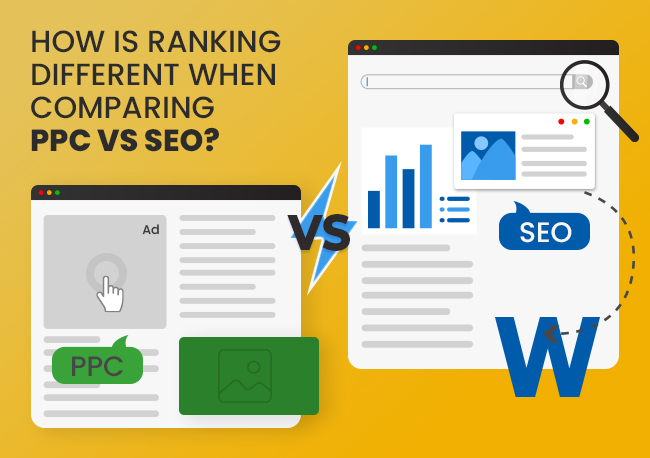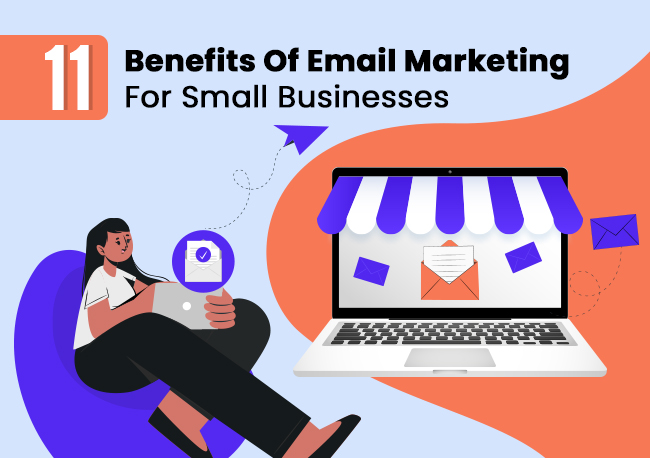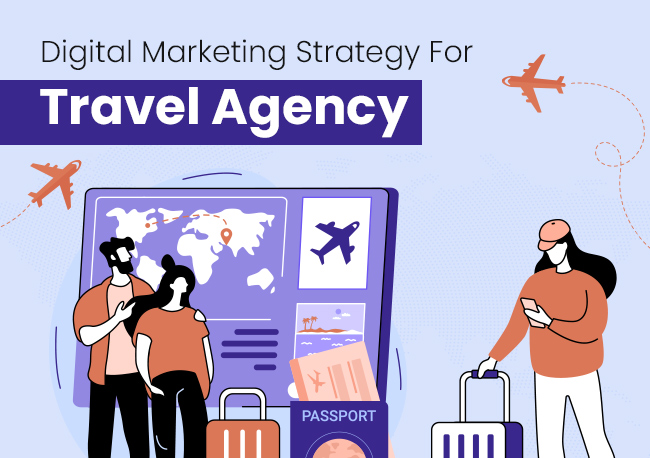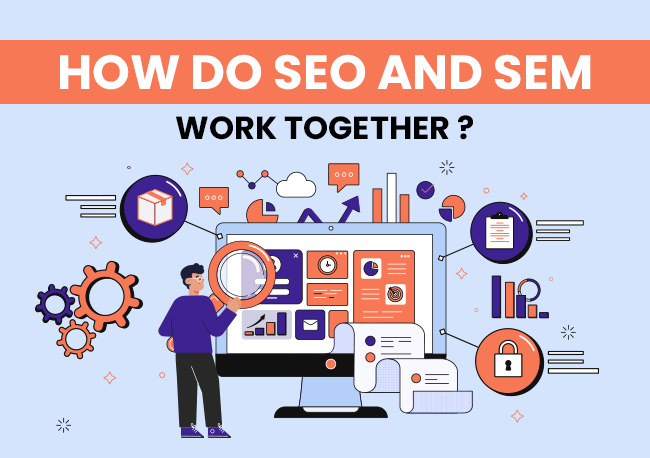SEO (Search Engine Optimization) and PPC (pay-per-click), two of the most effective marketing methods used by digital marketers worldwide. But often, many aspiring marketers raise this one question, ‘PPC or SEO: Which method is best for driving traffic to my business?’
Let us tell you, both methods are equivalently excellent to gain traffic. In the end, what matters is how these methods are being used. If leveraged correctly, they can generate hefty revenue and constant traffic for your business, but if not, all of your efforts will go in vain. You will end up investing more than generating. Plus, you won’t have the desired traffic to your business.
Want to know which is a suitable approach for your business? Below we are showcasing the difference between SEO and PPC.
Pay-Per-Click VS SEO: Let the Battle Begin!
1. What is PPC & its Example?
PPC, pay-per-click, or cost-per-click, is a paid marketing strategy that allows you to generate traffic by running paid ads on different social networks such as Google, Facebook, Instagram, and LinkedIn. When someone clicks on the Advertiser’s ads, An Advertiser have to pay a certain fee. One of the main things this strategy relies on are keywords to get visibility on top in search results.
Let us give you an example of how this online advertising model works. For instance – you have published an ad for a salon business on Google, and your goal is to increase foot traffic in your store. Every time a user clicks on your uploaded ad, a certain amount will be deducted from your account and deposited to the publisher, which in this case is Google.
2. What is SEO, & its Example?
SEO, also called Search Engine Optimization, is a digital marketing method that allows you to generate traffic organically. Unlike paid marketing, you are not supposed to pay anything for the traffic.
You have to conduct numerous activities such as finding relevant keywords, drafting quality content, including high-quality links and descriptions, optimizing landing pages, and many more to rank your website/webpage on the top of search engines. To conduct these activities, you will need to invest some funds. This investment will be fruitful in the coming years, and you will surely receive a high ROI.
For instance – if you want to promote a product of your company, let’s say a camera. You have to add relevant keywords such as ‘best cameras for photography’ or ‘DSLR cameras at affordable prices’ and optimize the content so that whenever a user searches for the word camera or sentence encircling around this word, your optimized page or product appears at the top on SERP.
Since you are aware of the basics of the concept, let us show you the difference between SEO and PPC.
Read In-depth: Does Buying Traffic To Your Website Work?
Also Read: What Is A Sitemap & Why Do You Need It?
PPC Versus SEO: How Both The Concepts Are Different From Each Other?
1. How Does PPC Works?
Infographic of How PPC Works
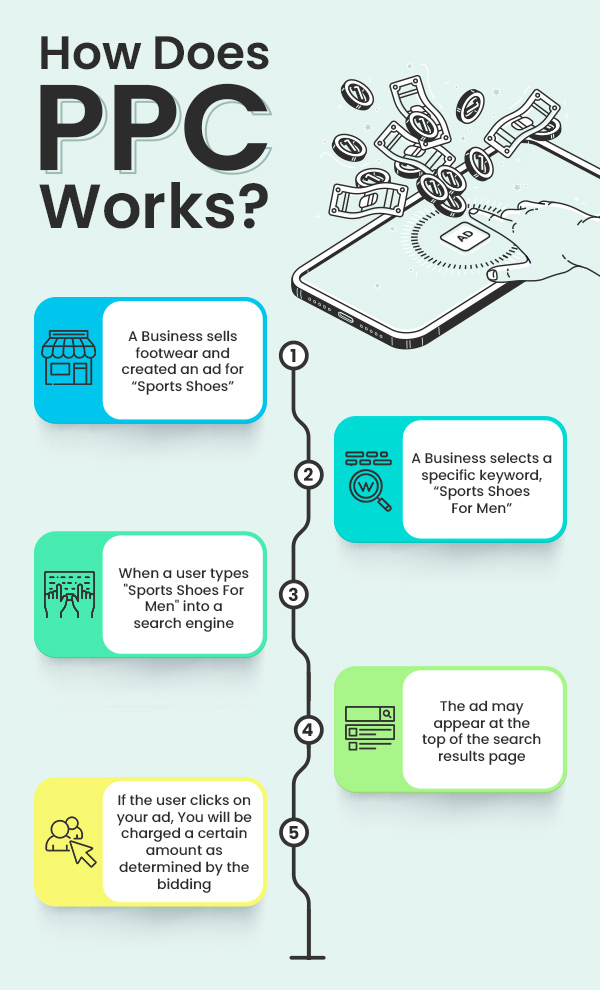
Do you know why most business owners prefer to use PPC? It’s because it offers a wider reach across the world. Once you set up the campaign based on your goals and get approval from the platform (it takes 24 hours), you will start seeing impressions of how often your ad is shown in the search results. Although, lead generation might take some time.
PPC offers many ad formats, such as – search ads, shopping ads, display ads, video ads, and Gmail ads on different social media platforms such as Google, Bing, and more.
Search ads and shopping ads rely on adding relevant keywords focusing on the advertisement’s targeted location, audience, industry, and concept. Although other ad formats might not focus on keywords. Since each format differs from another, so it’s apparent that their strategy will also vary.
Generally, the rates charged per click on an advertisement are determined via two models – The flat-rate model and the bid-based model.
➢ Flat-Rate Model – As the name suggests, this model offers a fixed value for running ads on different sites and networking platforms.
➢ Bid-Based Model – This model refers to advertisers bidding with the money they can spend to acquire a specific advertisement spot.
For example – Bids are usually placed in three ways – impressions to generate visibility, increase clicks to generate traffic, and lead generation to make conversions. The next step is the amount you are ready to pay for the specified goal.
Bidding costs can be managed through two different ways – manual management and smart management.
➢ Manual Bid Management allows you to manually change costs based on your budget and requirements.
➢ Smart Bid Management is more like an AI tool that manages your campaign’s cost. The AI is smart enough to understand the trends and targeted audience behavior and likewise can increase and decrease the cost of an ad campaign.
Lastly, if you want to run an effective campaign, make sure you are –
1. Determining Your Goal – Ask yourself – what is your marketing goal? Is it generating leads, increasing traffic, more conversions, brand awareness, or boosting revenue? This will help you accomplish your company’s objectives. In case your goal is to attract affiliates for your beauty affiliate programs, you need to implement the right PPC strategies to achieve that goal by targeting the right audience.
2. Targeting the right audience – This includes the age group, gender, location, interests, behavior, and purchase choices.
3. Choosing the correct Ad Format – For instance, you run an ad for a concert and select a text ad to promote the business. So, will this be as effective as it should be? Not really, a display ad will be more suitable for such events as it will highlight the exceptional parts of the concert.
4. Conveying a Clear Message – If your ad is confusing and your content is not relatable, your target audience will not be able to understand it.
5. Identifying Quality Score – To always stay ahead of the competition, check the quality score of the advertisements. This diagnostic tool will help you identify the quality of an advertisement compared to others in the market.
6. Giving a Seamless User-Experience to Your Audience – just like the ads, your website should equally have an attractive appearance and provide smooth navigation to give a better user interaction.
7. Having a Sufficient Budget – To expand your reach and never run out of your ad campaign budget, you need to have a sufficient budget to run your ads without any pause and achieve the desired result.
Also Read: Do I Need Privacy Policy For My Website In 2023
2. How Does SEO Work?
Infographic of How SEO Works
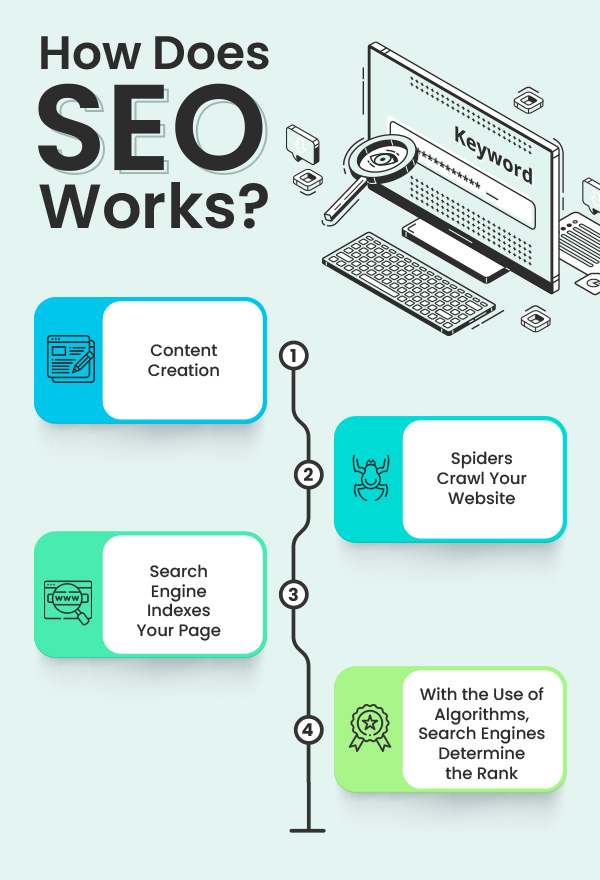
SEO is quite distinct compared to PPC. This strategy organically scales your business on search engines like Google, Bing, and others.
To show search engines that your website is the best match for ranking on top, you are supposed to –
- Draft high-quality & relevant content
- Generate high-grade backlinks from powerful domains
- Optimizing your website at regular intervals for better results
- Add relevant, trendy keywords to the titles, URLs, and descriptions of your content
- Ensure your site is easy to use and has an attractive layout
- Improve website speed by conducting speed tests and solving the indicated issues
- Optimize your site and web pages
Following the best SEO practices with a well-defined strategy will give you the edge against your competition, and you are sure to appear at the top in SERPs.
Also Read: Best Content Management System Platform Optimized For SEO
Difference Between SEO and PPC
Is SEO better than PPC, or is it the other way around? Let’s find out!

Which To Use And When? PPC And SEO
➢ When To Leverage Pay-per-click (PPC)
PPC should be leveraged when you want an immediate outcome and have an adequate spending cost. This method is a sure-shot way to achieve your short-term goals – increasing visitors, launching seasonal offers/products, and similar objectives.
Although you need to have a sufficient budget. Right after uploading an ad, you will start noticing impressions. Soon, there will be visitors and conversions, but you must ensure that your advertisement is clear, attractive, and designed using the right justified ad format.
➢ When To Use Search Engine Optimization (SEO)
SEO is like a slow-cooking process. The slower it cooks, the tastier it gets. You must go for an SEO strategy if you have enough time and patience to get a high ROI. This method is cost-effective as it does not require a big budget if you manage everything independently. Once your strategy is all set, you don’t have to put in much effort. The ranking will remain stable, and will give consistent results.
Also Read: 15 Best SEO Audit Tools For Your Website (Free+Paid)
Frequently asked questions
1. Does PPC Improve Organic Rankings?
Technically, no. PPC won’t be affecting the SEO ranking. Although, there are a few factors that can indirectly affect SEO ranking. For instance – you are running an ad on one of your products, and users click on it. This increases the possibility of getting more visitors. They can check out the product and other pages of the site. In turn, you end up improving your organic ranking.
2. Can I Learn SEO Without Coding?
Even though SEO doesn’t really require coding, it’s great to have enough skills and knowledge of the technical factors included in the SEO strategy.
Still, Confused About Which One To Choose?
We say combine both strategies to generate effective results. Wondering how? Check out the below-mentioned points.
- Dominate the SERPs by simultaneously working on both strategies. You can run ads for your products/services/websites while refining your organic content. This will double the chance of accomplishing a goal.
- You can share data between both strategies. Meaning you can determine the best-performing keywords from PPC and include them in your organic content. At the same time, you can distribute the SEO data to PPC and run a paid campaign with confidence.
- Leverage common SEO tools SEMrush, Ahrefs, Majestic, Moz, and many more to get detailed and relevant insights for both strategies.
- Bring back lost conversions or visitors using remarketing strategy. While generating organic leads, you might’ve lost some potential customers, but now you can prompt those users to return using remarketing strategy
- Harness both strategies to bid high-performing keywords that you know will rank. You can use the keywords in the content that is not ranking. This will save you money and reach you at the top of SERP.
